- The books on this year’s list center on some of the knottiest problems facing humanity, from climate change to biodiversity loss to the spillover of viruses from other species to humans.
- But they also center on hope and solutions, gleaned from our growing but still nascent understanding of the world around us.
- The list below features a sampling of important literature on conservation and the environment released in 2022.
- Inclusion in this list does not imply Mongabay’s endorsement of a book’s content; the views in the books are those of the authors and not necessarily of Mongabay.
It’s too easy nowadays to look at the state of the world and feel a sense of hopelessness. Scientists tell us we face not one but two potentially existential menaces in climate change and biodiversity loss. Given the dour tone of many of these predictions, you might forgive writers chronicling the state of things for focusing on the gloomiest and most apocalyptic outlooks.
What sets apart most of the choices for Mongabay’s notable books list of 2022 is a sense of hope. To be sure, part of that is drawn from the optimism these writers harness, based on the ability our species has to change the way we interact with our environment. But the hope also stems from our knowledge of the world and the life that inhabits it that so many scientists have painstakingly contributed to over time. We’re just beginning to understand all of the inner workings at play on what is, as far as we know, a singular planet in its ability to support life. The more we learn, the more there is to learn, beyond just how we can fix things. That deeper understanding might also be the reason in and of itself that we doggedly search for solutions that will protect this life.
1. Breathless: The Scientific Race to Defeat a Deadly Virus
By David Quammen
In his books, science writer David Quammen has cultivated a talent for taking his readers into the midst of scientific investigations and discoveries. Breathless, his most recent and a finalist for the U.S. National Book Award, time-travels back to the dawn of the COVID-19 pandemic. The details he harvests from his in-depth reporting reveal how scientists first learned of the virus and the global conversations that, with growing urgency, led to warnings too few heeded in early 2020.
Quammen deftly teases apart the arguments about the virus’s origins, exploring hypotheses involving civets, pangolins and the Huanan Seafood Wholesale Market in Wuhan, China, while sidestepping the most spuriously supported conspiracy theories. The debate may continue, but as Quammen points out, our reckless and continuing incursions into the world’s wild spaces only increase the chances of future virus spillovers.
2. Silent Spring Revolution: John F. Kennedy, Rachel Carson, Lyndon Johnson, Richard Nixon, and the Great Environmental Awakening
By Douglas Brinkley
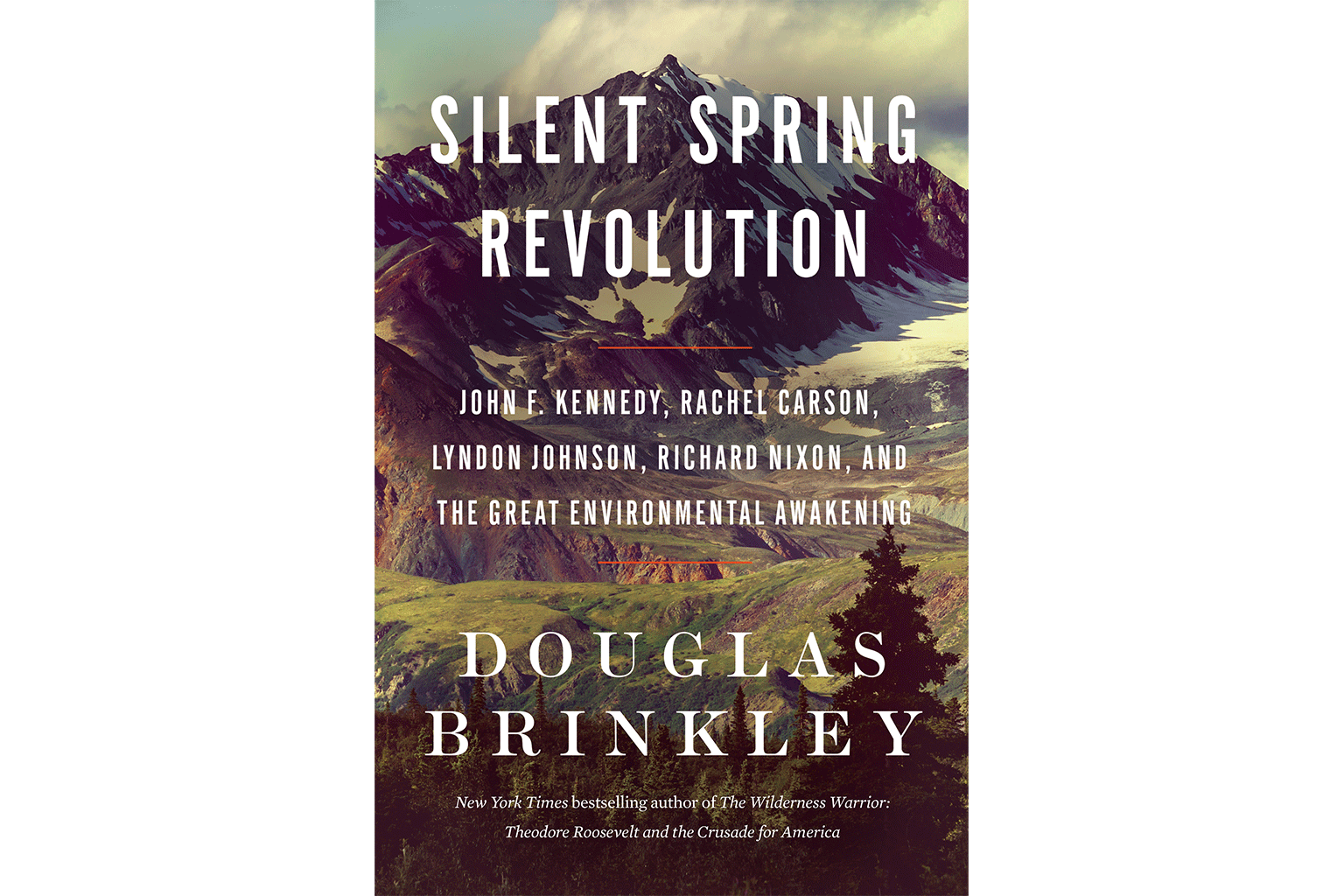
When Rachel Carson’s Silent Spring landed on bookshelves in 1962, the book was a call to action for millions in the U.S. and beyond to confront our species’ ability to shape — and harm — the world we live in. But the roots of the movement stretch further back into a world where, with a single bomb, we could decimate people and ecosystems with startling efficiency. Presidential historian Douglas Brinkley weaves these strands together in Silent Spring Revolution to tell the story of how the environmental movement began in the 1960s and the people involved. He explores the roles of Carson and other advocates who called for a more harmonious relationship with nature, as well as the leaders, like John F. Kennedy and Richard Nixon, who listened and brought about legal and structural changes, such as the Clean Air Acts and the Endangered Species Acts.
3. Local Voices, Local Choices: The Tacare Approach to Community-Led Conservation
By The Jane Goodall Institute
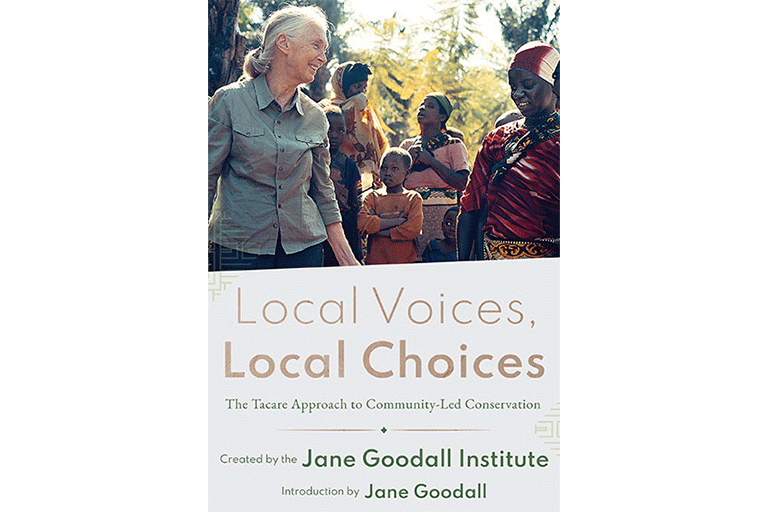
As recent United Nations conferences around climate change and biodiversity have shown, world leaders are increasingly embracing the notion that community-led conservation is critical to dealing with global environmental crises. For decades, research has shown that there’s more success to be had in not only engaging Indigenous and traditional communities, but allowing their connection to the land and sea and the unique knowledge they’ve developed, in some cases over millennia, to guide action.
Local Voices, Local Choices by the Jane Goodall Institute brings stories from these communities, showing the power of local conservation to reveal greater sustainability, address poverty and harness traditional knowledge. Jane Goodall herself believes the underpinnings of the approach can support conservation in other parts of the world. (Disclaimer: Jane Goodall is a member of Mongabay’s advisory board.)
4. The Insect Crisis: The Fall of the Tiny Empires That Run the World
By Oliver Milman
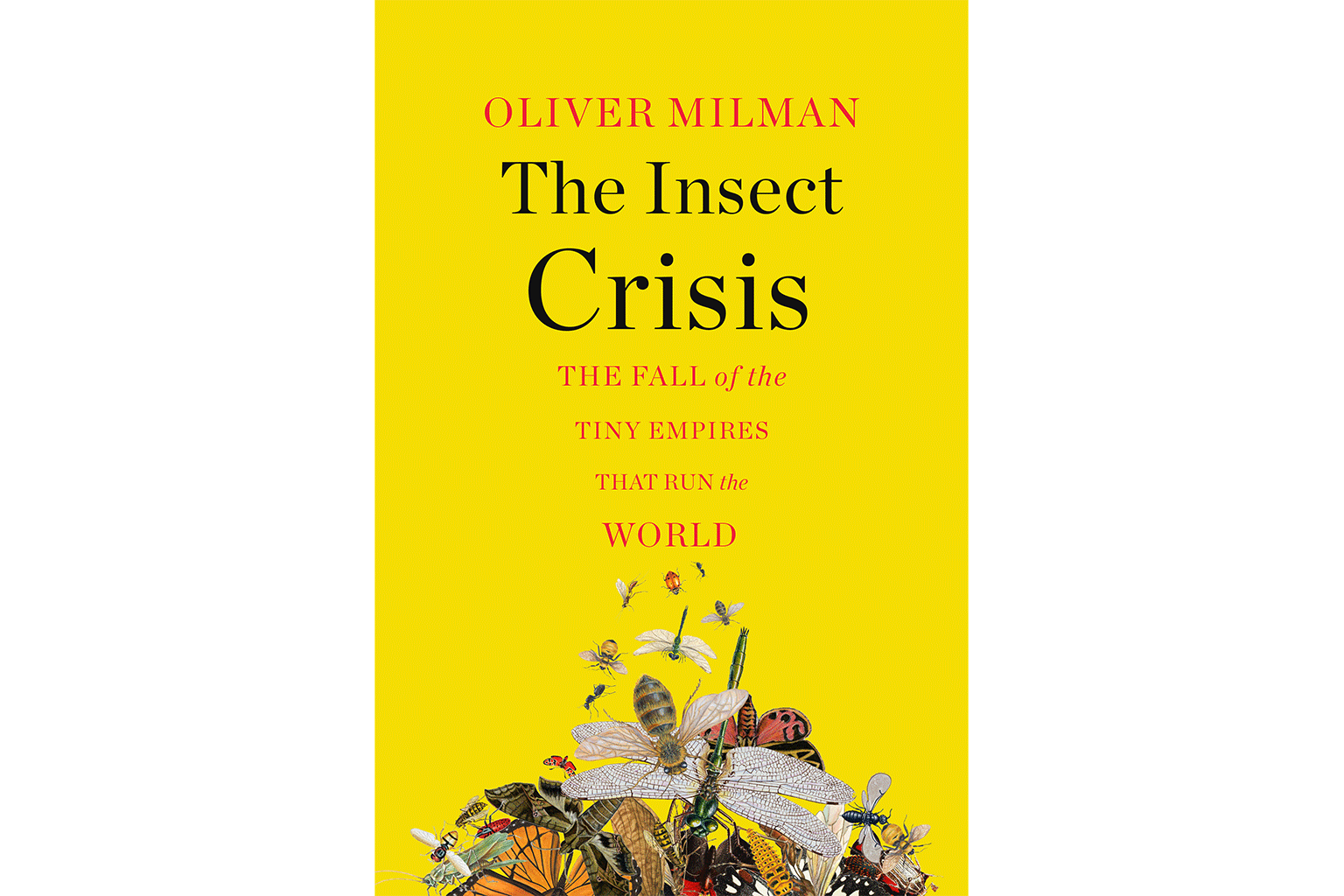
When we think of the global biodiversity crisis driven by human impacts, it’s often the imminent mammalian megafauna casualties that come to mind: the whales whose numbers were decimated by hunting and who continue to run afoul of fishing gear, noisy oceans and ships; the elephants and rhinos across the tropics sporting tusks and horns that people value; and the apes whose long tenure on savannas and in forests seems ever closer to expiring.
But those species reveal only a sliver of the problem. Recent science has surfaced a worrying trend: that the insects that share our planet today more routinely face the specter of catastrophic die-offs. In The Insect Crisis, Oliver Milman, the U.S. environment correspondent for The Guardian, explores the myriad ways in which the future of humans is intimately tied to the future of insects and what that could mean as we continue to track their decline.
5. Life on the Rocks: Building a Future for Coral Reefs
By Juli Berwald
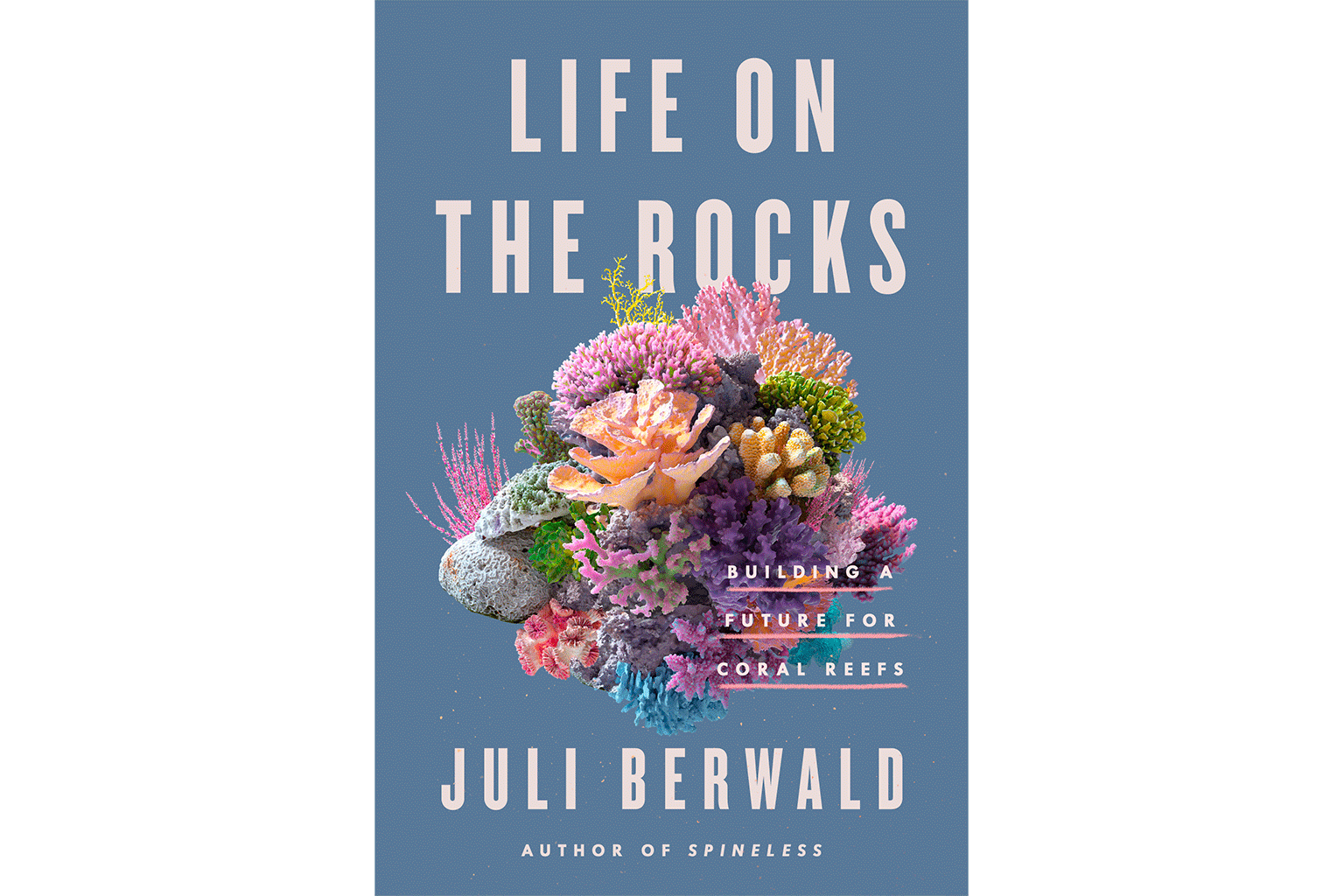
To follow Juli Berwald to the world’s coral reefs is to see their beauty as she does — one borne out of remarkable cooperation that supports an array of other life-forms. But warming oceans have spurred a worrying die-off of corals worldwide, leading scientists to search for any possible solution that might stave off the wholesale demise of these remarkable organisms and, with it, the vibrant ecosystems they anchor.
Scientists, like all problem-solvers, must venture forward without the knowledge that what they’re doing will make a difference or ultimately be successful. Berwald chronicles the struggle with the sense of urgency the gravity of the problem requires. Ultimately, what brings her message home are the parallels she sees in fighting to save the people closest to her in her own life.
6. The Value of a Whale: On the Illusions of Green Capitalism
By Adrienne Buller
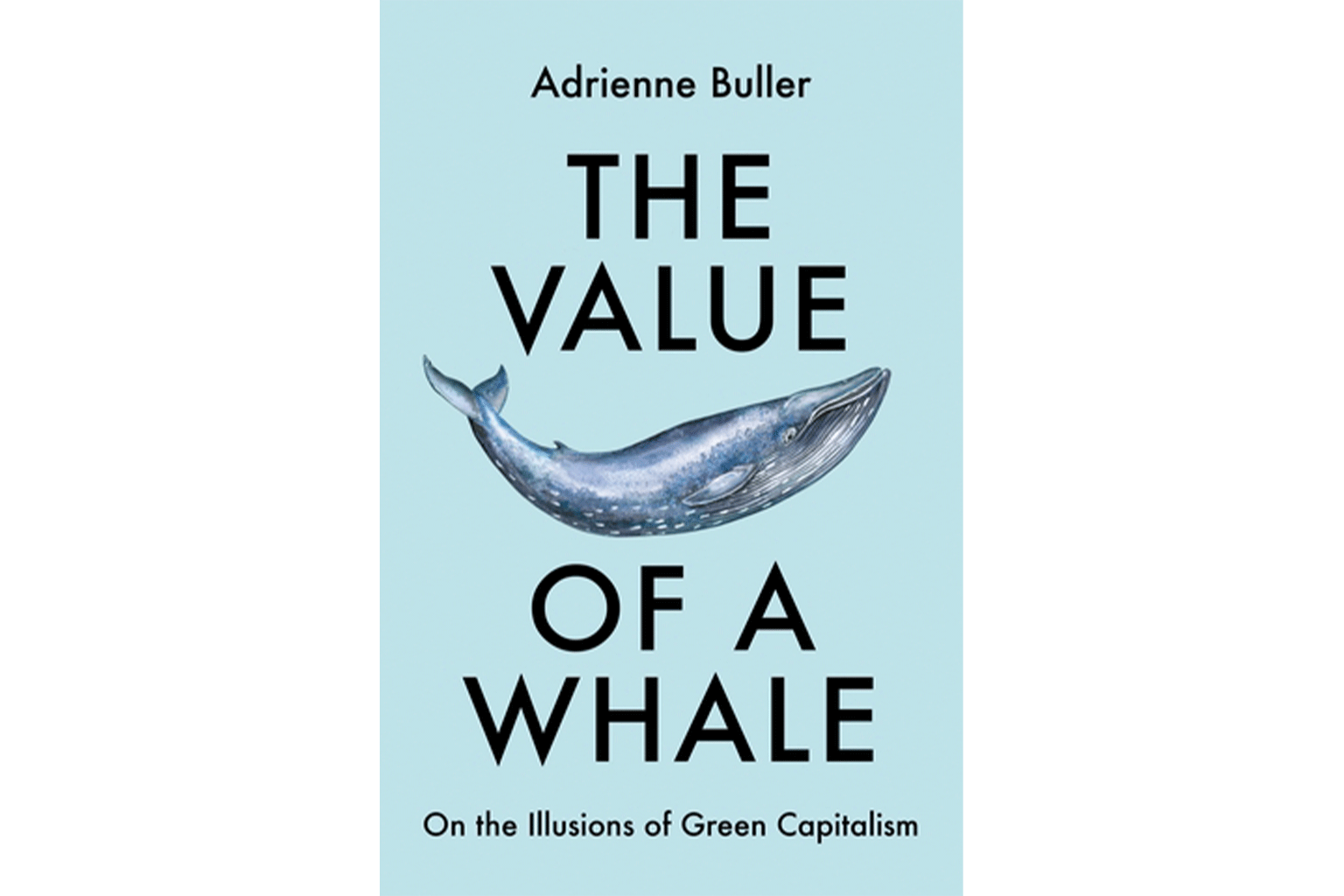
Can humans change course and avert the catastrophe that could lie ahead if we continue to saddle future generations with biodiversity loss and a rapidly changing climate? The answer to that question may indeed be “yes�?: Many optimists would argue we’ve shown a remarkable ability as a species to innovate and adapt when it suits us.
The trouble is, solving these problems may not suit our society and its fixation on economic growth as it’s currently constructed. In The Value of a Whale, Adrienne Buller interrogates the solutions now being pursued, including carbon offsets, the commodification of water and other ecosystem services, and “green growth.�? She argues that they may not, in the end, have the intended impact on the challenges we face. Indeed, it may be that we must reassess and change what we value to find any such solution.
7. Regenesis: Feeding the World Without Devouring the Planet
By George Monbiot
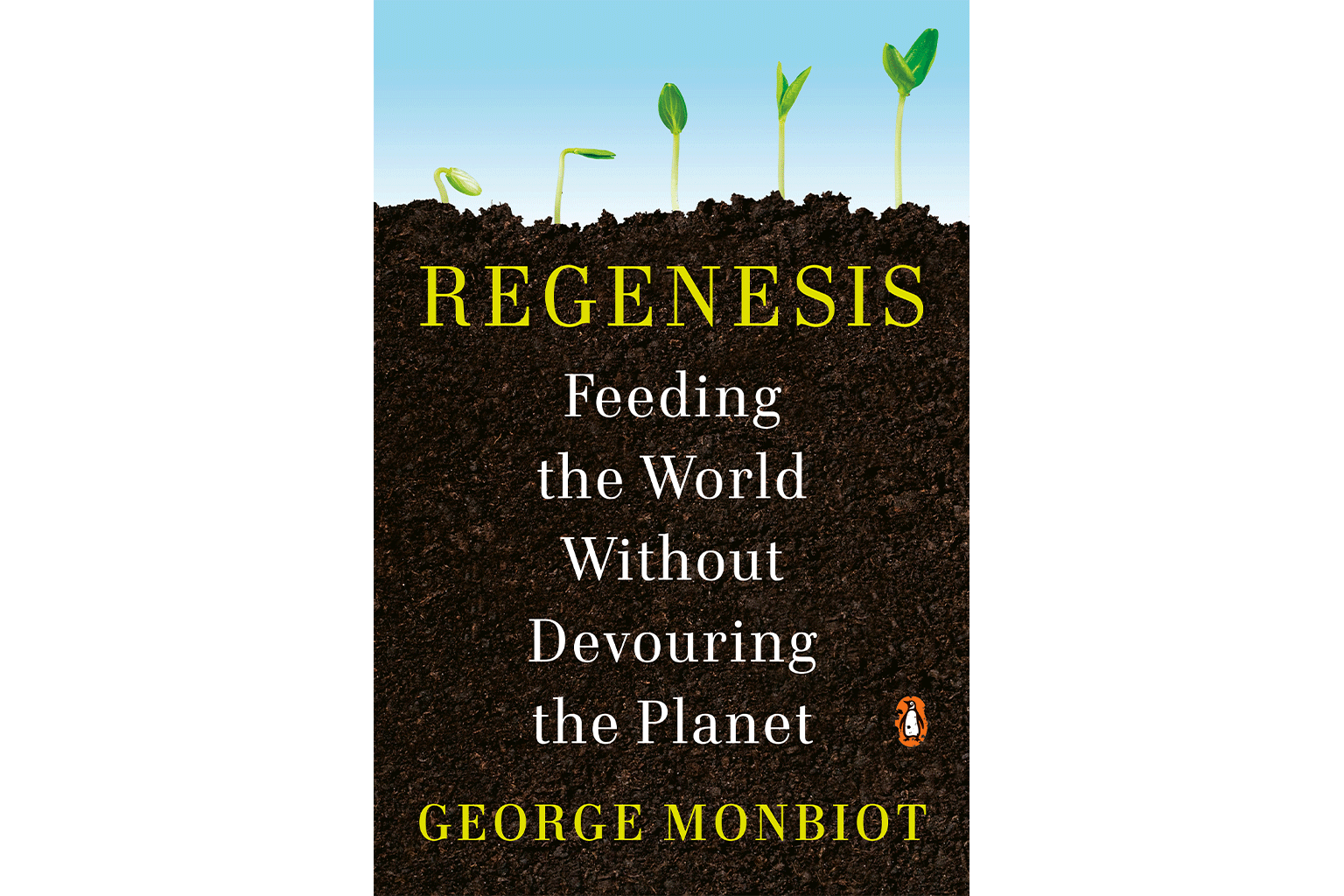
Agriculture has chewed through vast sections of the planet, replacing varied ecosystems with rows of crops we humans have bent to our will to produce food. The effects are devastating, whether witnessed firsthand or seen in satellite images from miles above Earth’s surface.
In Regenesis, British writer George Monbiot argues that it doesn’t have to be this way and that, even now, we can alter the practices that have proven so destructive to the land, the climate and so much life. To do this, Monbiot drills down into our understanding of the soil on which our food system relies. And while his calls for urgent action resonate with disconcerting clarity thanks to the depth of his reporting, with equal fervor he reveals alternative paths that might benefit not just humans but all life on Earth.
8. How Far the Light Reaches: A Life in Ten Sea Creatures
By Sabrina Imbler
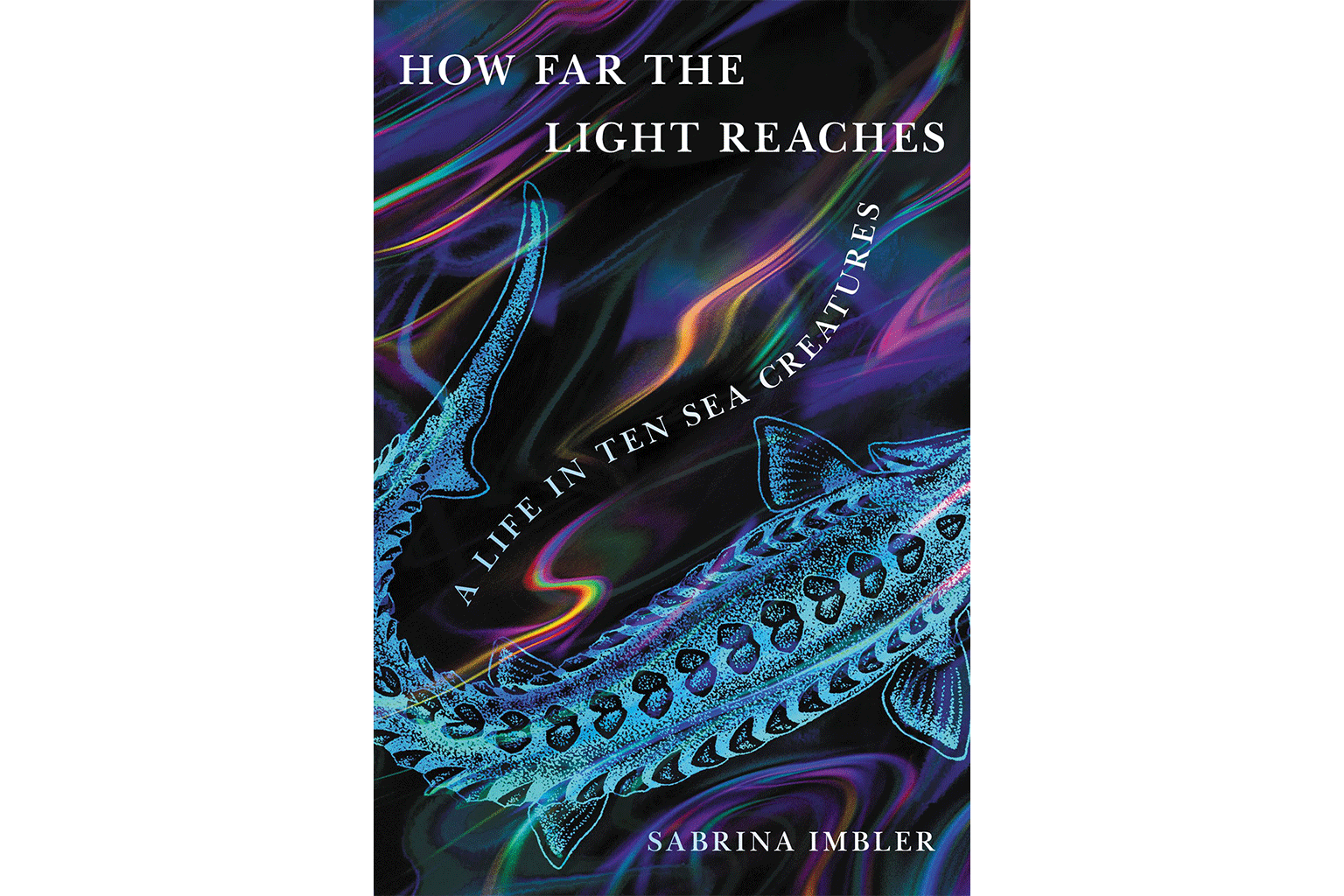
In a new collection of essays, Sabrina Imbler seeks to delight their readers with every page, revealing a sense of wonder about what lies below the surface of the world’s marine and aquatic environments. Even one of the most mundane animals, the common goldfish, comes off as a fascinating entry in the role of life in Imbler’s estimation. They don’t shy away from exploring the challenges these animals face due to human-caused problems like pollution and water diversion. But this is also science writing that revels in the odd and the marvelous. As one review said, the book is a “pinwheel of awe spinning one ‘wow’ after another.�?
9. The Treeline: The Last Forest and the Future of Life on Earth
By Ben Rawlence
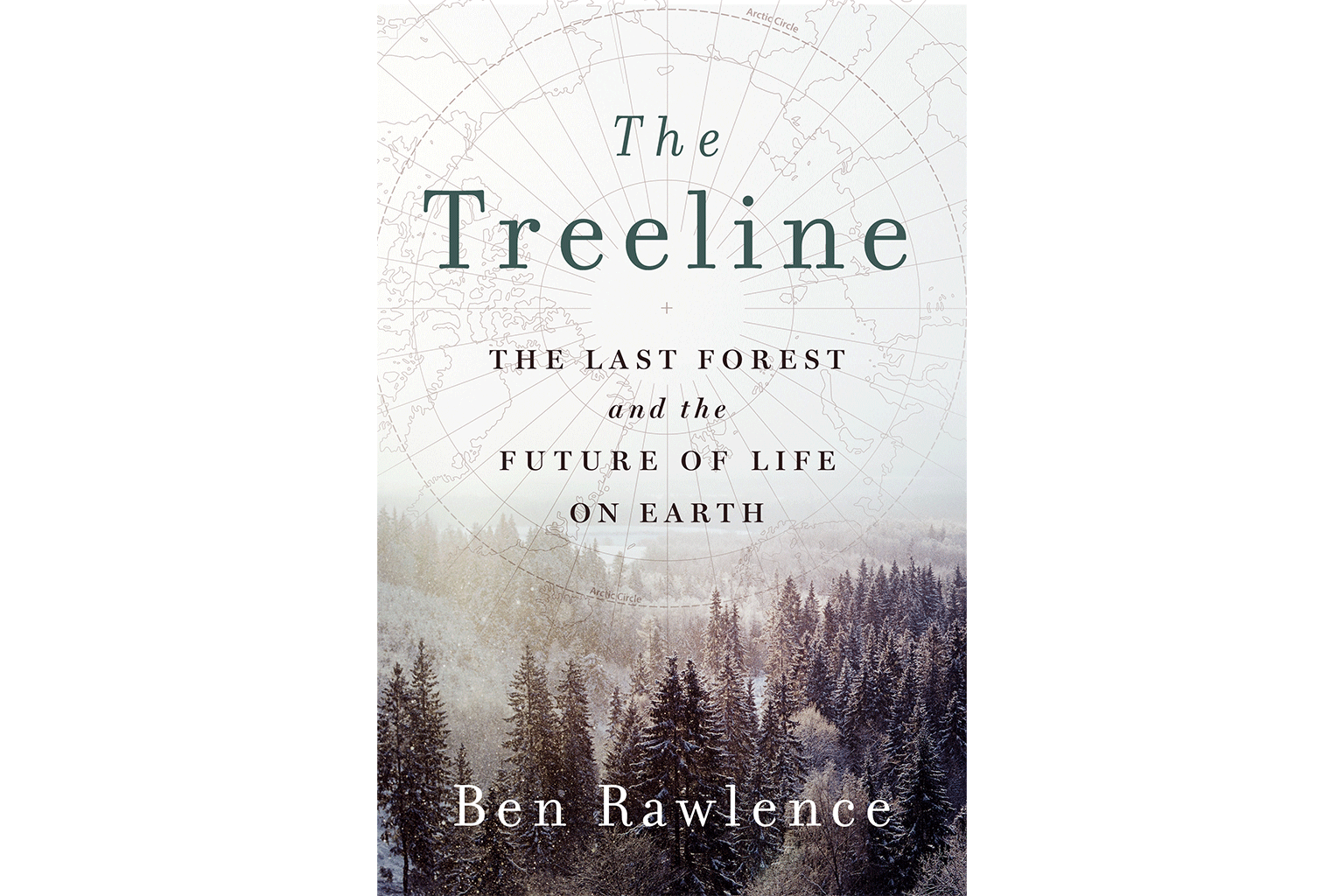
The Treeline takes readers to the forests at Earth’s northern extremes, revealing another frontline in ecosystem loss and climate change. These biomes face critical threats to their survival, and author Ben Rawlence draws the connections between these forests and our species’ place on this planet — in short, he connects us readers to these little-known forests and demonstrates why we should care. As he probes unique tree species, traditional knowledge evincing humans’ longtime interdependence with these forests and the fascinating interactions between trees (and other life) we’re just beginning to understand, readers will find yet more reason to want to protect these fascinating ecosystems.
10. Life Between the Tides
By Adam Nicolson
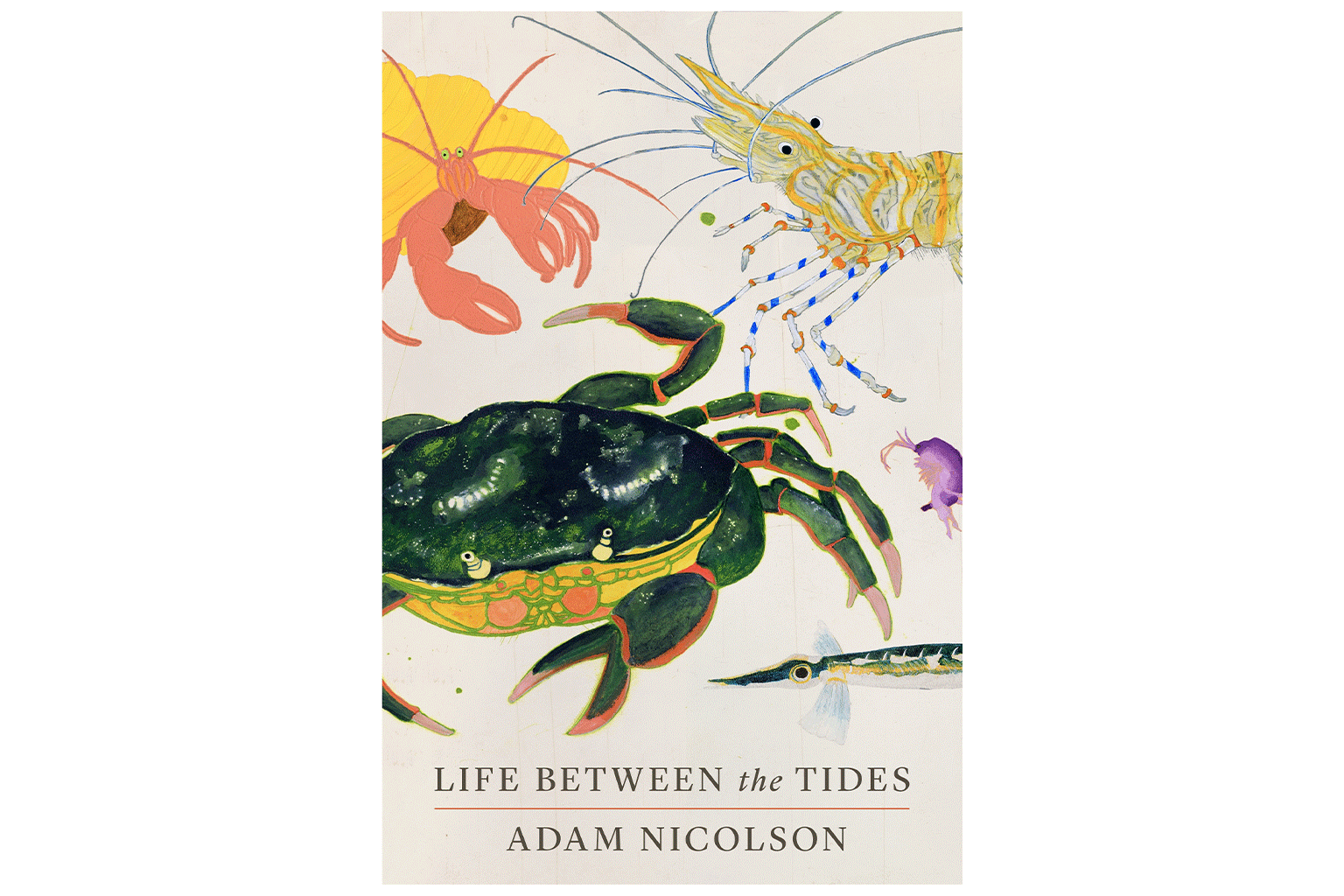
In the world’s tide pools, writer Adam Nicolson finds worlds within worlds, and they’re brought to life in both his descriptions and the illustrations that grace the pages of Life Between the Tides. These microcosms of ocean life are an inviting place to engage with so many forms of life, a place that can arouse wonder in neophytes and seasoned scientists. From the simple pleasure of discovery, Nicolson finds familiarity in the links between life as we know it and the unusual, the microscopic, the bizarre, and he comes upon these revelations with an infectious, child-like curiosity. It might leave you wondering what we could do for all life on our planet if more of us took the same approach.
Banner image: A hummingbird hawk-moth in Iran. Image by Ali Bakhshi via Pexels (Public domain).
John Cannon is a staff features writer with Mongabay. Find him on Twitter: @johnccannon
Related reading:
10 notable books on conservation and the environment published in 2021
FEEDBACK: Use this form to send a message to the author of this post. If you want to post a public comment, you can do that at the bottom of the page.













